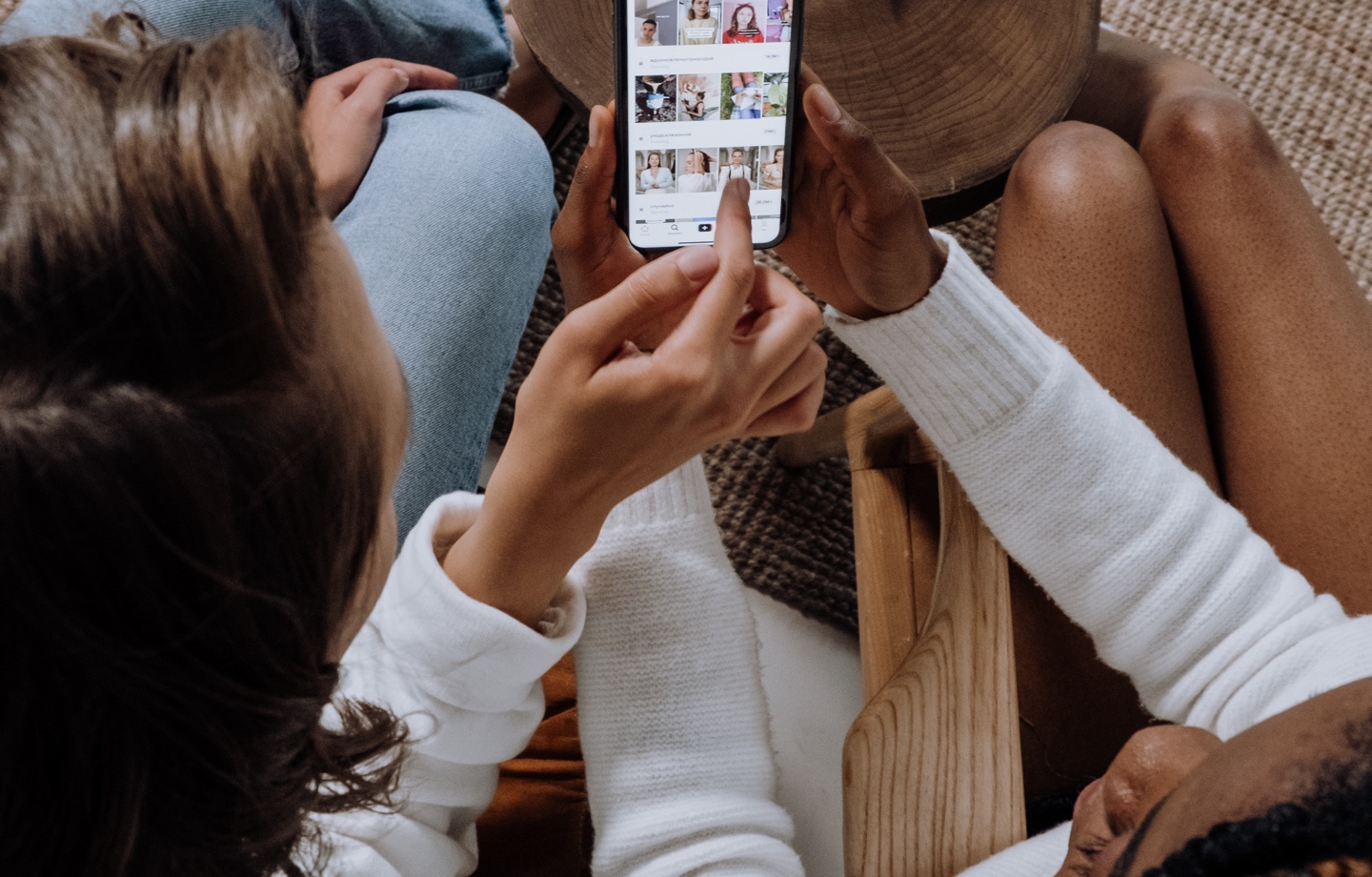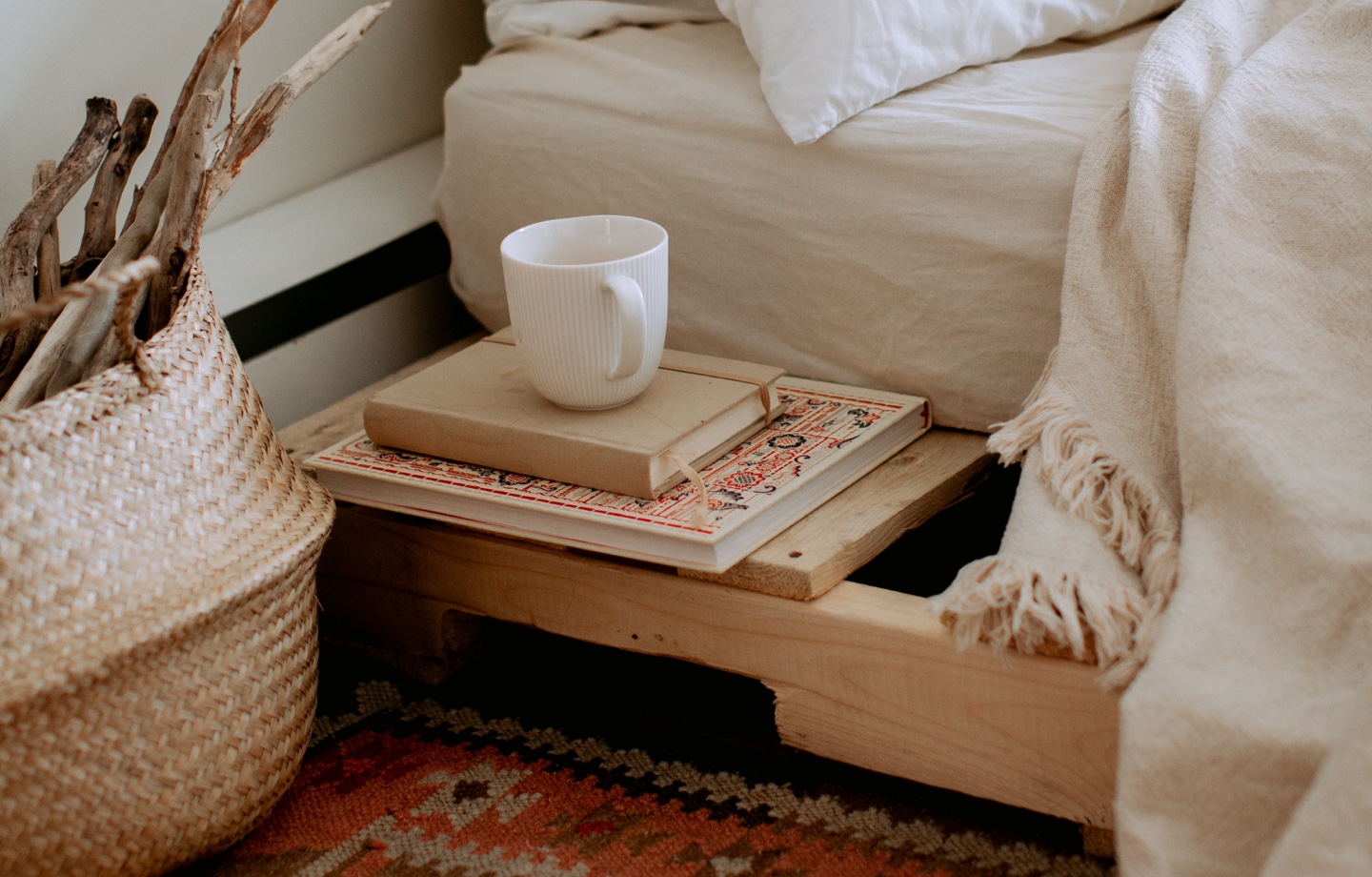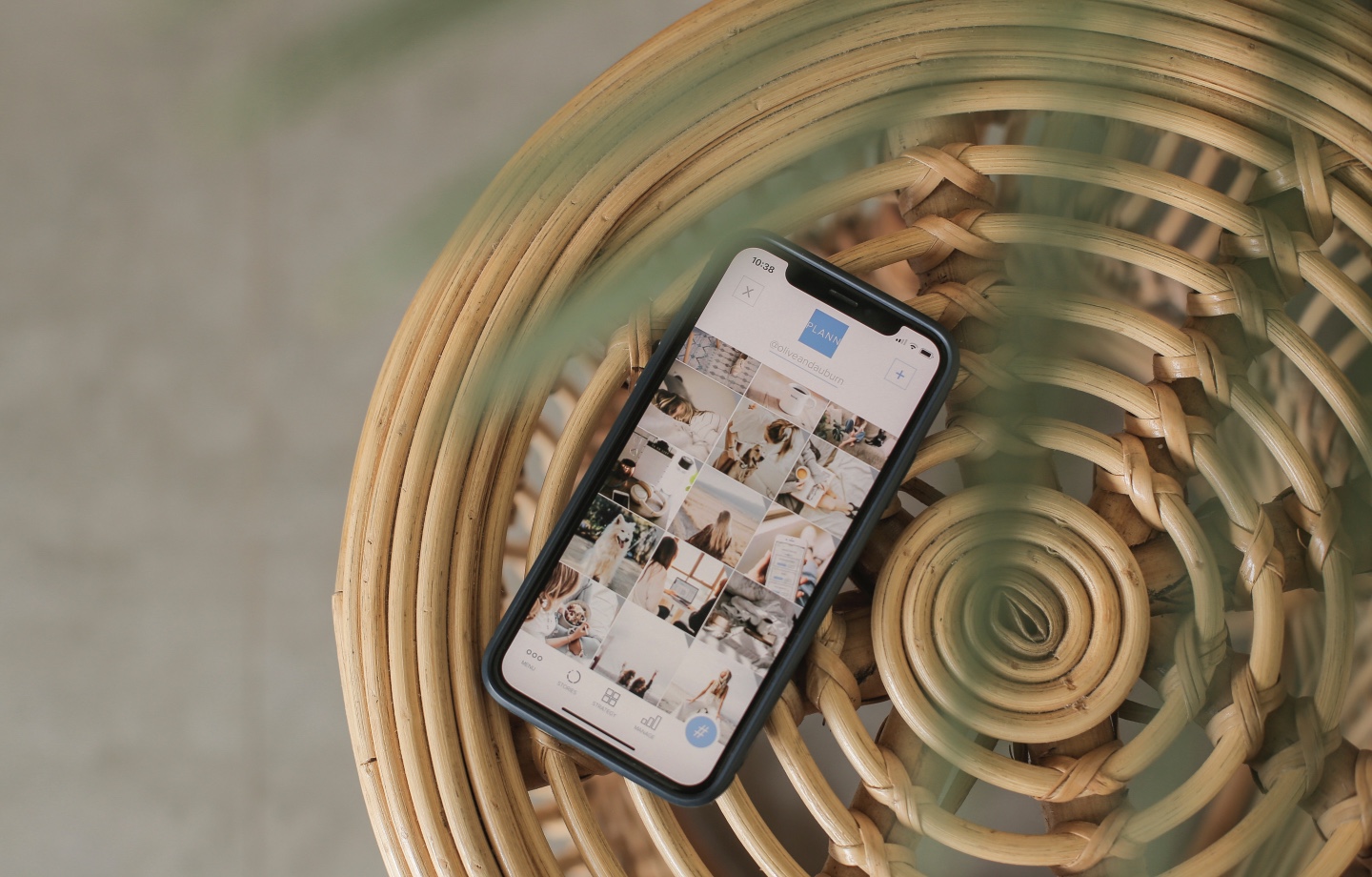Intentionality and awareness are key, no matter the platform.
In 2019, I downloaded science journalist Catherine Price’s book, How to Break Up with Your Phone, the irony not lost on me that I was reading on the device I was attempting to distance myself from.
I’d noticed that scrolling had become reflexive rather than a conscious decision, and sharing often felt forced. Despite knowing social media is inherently performative, I still spent too much time thinking about things like why that friend of a friend was basking on a sailboat in the Maldives on a Tuesday while I was riding the bus to work.
When the Pew Research Center started tracking social media adoption in 2005, only five percent of American adults used at least one social media platform. By 2021, that number had risen to 72 percent. Today, social media is ubiquitous. It’s how we connect with friends and family, whether they live down the street or across the country. We use it to find new relationships and communities and to raise awareness about causes we’re passionate about. It’s how many share their identity with the world.
As social media use continues to rise, so have questions about its more corrosive effects on our mental health and well-being — increased social media use has been linked to symptoms of depression, anxiety, and stress — and whether it’s possible to have a healthy relationship with products intentionally designed to be addictive.
Jacqueline Sperling, PhD, a psychologist at McLean Hospital in Massachusetts, likens the reinforcing nature of social media to playing a slot machine. Both activate the brain’s reward center, releasing a surge of dopamine (the brain’s “feel good” hormone) which sets off a pleasure/reward cycle that’s often difficult to break.
“The idea of a potential future reward keeps the machines in use,” says Sperling in a recent article questioning the effectiveness of hiding “likes” on Instagram. “To boost self-esteem and feel a sense of belonging in their social circles, people post content with the hope of receiving positive feedback. Couple that content with the structure of potential future reward, and you get a recipe for constantly checking platforms.”

Read more: How Social Media Harms Our Brains
But rampant toxicity and disinformation across most platforms have users looking for different options to connect, from Substack to Somewhere Good, a new social network focused on building digital spaces through the lens of race, well-being, intersectionality, and equity. (In a 2022 study from micro-blogging platform SimpleTexting, Twitter won out as the “most toxic app” followed by Facebook and Reddit.)
After Elon Musk’s acquisition of Twitter in 2022, users flocked to Mastodon, which describes itself as a “free open-source decentralized social media platform.” But Mastodon has seen a user decrease of 30 percent since its peak in November 2022 that continues to decline, which some attribute to the complexity of the platform in comparison to Twitter.
Then there are “anti-Instagram” apps like BeReal that promote “unfiltered” sharing and prompt users to simultaneously capture a moment once a day in real-time, utilizing both the front and back camera for a full picture of the user’s surroundings. It doesn’t allow for filters, includes the number of retakes before the photo was posted, and in theory, the once-daily notification limits scrolling. Despite its good intentions, the premise still lends itself to social comparison and resulting feelings of inadequacy or dissatisfaction, which can contribute to depression and anxiety.
While Gen Z accounts for social media’s highest user base, some teens are rejecting it altogether. Fed up with the pervasiveness of technology and social media, students in the Luddite Club at Edward R. Murrow High School in Brooklyn gather weekly for a few hours to read, paint, or just enjoy one another’s company (sans phones, of course). Many have also traded their smartphones for flip phones to avoid access to social media or the internet.
I won’t be switching back to a flip phone anytime soon, but I do think the kids are on to something. “Our lives are what we pay attention to,” says Catherine Price in her Screen/Life Balance newsletter. “Any time we make a decision in the moment about how to spend our attention, we are making a much broader decision about how we want to live.”
Read more: 5 Ways to Develop Healthier Online Habits
Want to have a healthier relationship with social media? Here are a few places to start:
Begin Your Day With Intention
Try reading, making a cup of coffee, or taking a walk before you look at social media.
Flooding your brain with stimulus first thing in the morning can leave you feeling on edge, overwhelmed, and primed for distraction the rest of the day.

Check in With Yourself
Most people won’t quit social media entirely, but we can be more mindful of how it impacts us mentally and physically. Notice how you feel after using social media — are you irritated? Drained? Lonely? If so, it might be time to take a break, even just for the day. If 24 hours off social media seems unthinkable, take note. While there is no official diagnosis of social media addiction, what is particularly engaging for some is addictive to others. An estimated 5-10 percent of Americans’ use of social media meets the criteria of behavioral addiction.
“The term addiction can be defined as an inability to stop engaging in a behavior when you know it has negative effects,” says Price. “So if you’re aware that you feel bad after you use your phone, or that it’s affecting your personal relationships or your sleep — and yet you can’t seem to put it down — then yes, you are addicted.”
My biggest advice is to take a step back and ask yourself why you want to make a change to begin with, says Price. In other words, what’s your goal? Simply saying, “I want to spend less time on my phone” isn’t specific enough. Instead, identify another activity you want to pay more attention to — for example, reading — and identify how your phone is getting in the way (for example, you end up in a Twitter spiral before bedtime).
Now you have a goal. Next, make changes to your environment to support this habit. In this example, that would mean getting your phone out of your bedroom — this is important! — and putting a book or magazine that you want to read on your bedside table. When you instinctively reach for your phone, you encounter the book/magazine instead. Every time you remove a trigger for a habit you’re trying to change, you need to add a new trigger for a habit you’re trying to establish.

Protect Your Focus
According to a study published in the Journal of Social and Clinical Psychology, sticking to 30 minutes of social media use per day can lead to increased well-being (it also notes it takes about three weeks to start seeing the benefits). Apple and Android now offer more flexible tools for improving concentration like pausing notifications and monitoring time spent on social media, but only Androids can actually block access to particularly tempting apps; Apple users will need to install a separate app blocker like Freedom.
Read more: 7 Essential Mental Health Podcasts
Have feedback on our story? Email [email protected] to let us know what you think!

Shop Pillows
The Essential Organic Pillow Collection
Gentle, breathable, non-toxic support.







